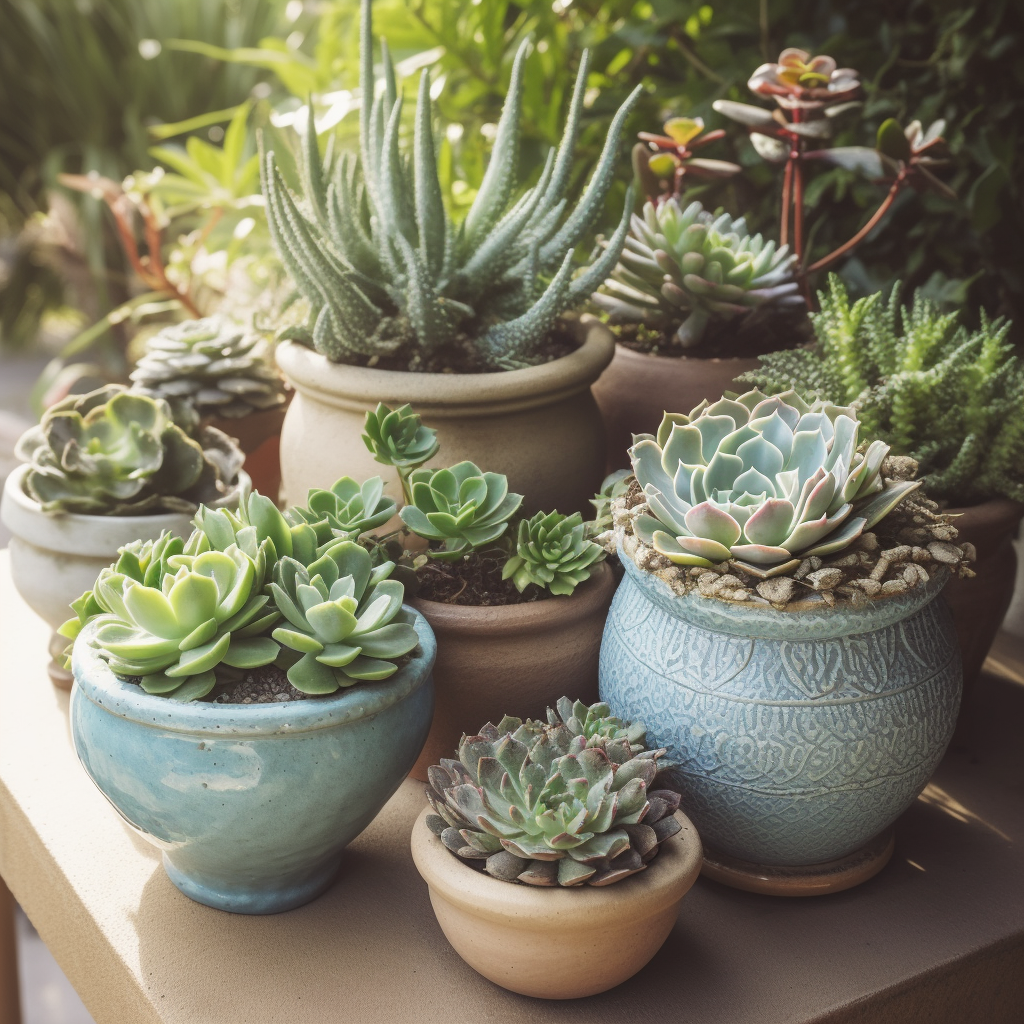A Guide to Choosing the Perfect Container
Types of Containers
Container gardening is a fantastic way to bring the beauty of plants to small spaces like balconies, patios, and windowsills. Choosing the right container for your plants is essential to their success and can be a fun way to add personality and style to your outdoor space. In this article, we’ll explore the different types of containers available for a container garden, discuss the pros and cons of each, and provide helpful tips on how to choose the perfect container for your plants.
Terracotta Pots
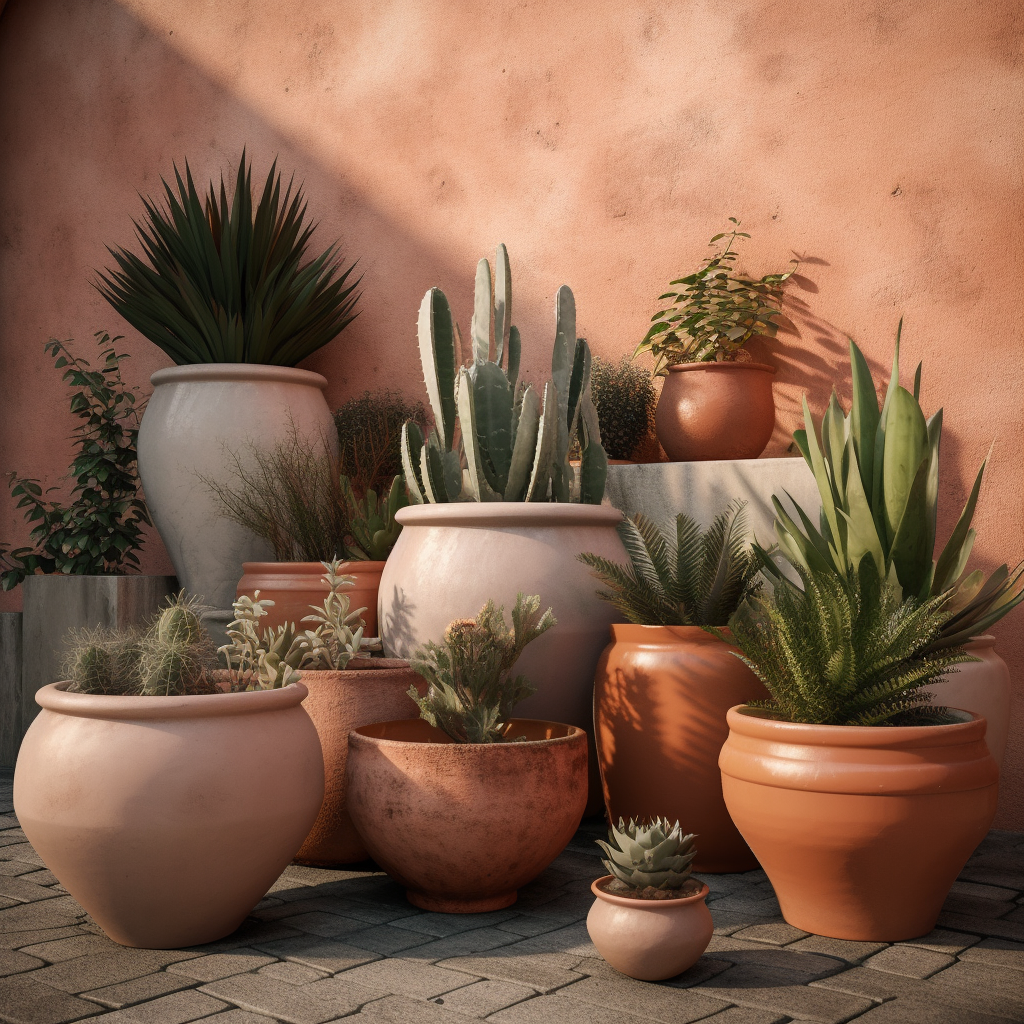
Terracotta pots are a classic choice for container gardening. They’re made from clay and have a natural, rustic look that complements a wide variety of plants. Terracotta pots are porous, which allows air and moisture to pass through the walls of the pot and promotes healthy root growth. However, they can dry out quickly and may crack in extreme temperatures.
Pros:
- Natural, rustic appearance
- Porous material promotes healthy root growth
- Affordable and widely available
Cons:
- Can dry out quickly
- May crack in extreme temperatures
- Heavy when filled with soil and plants
Plastic Pots
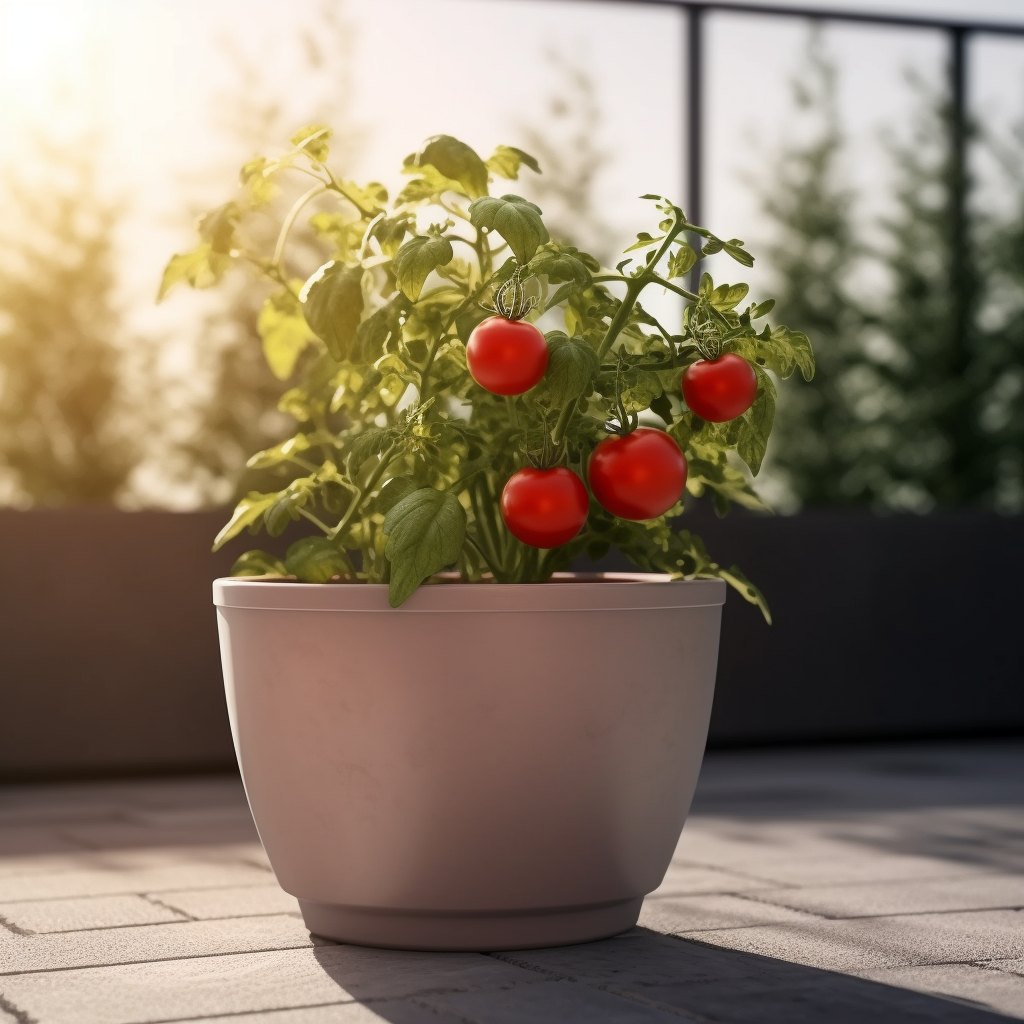
Plastic pots are lightweight, affordable, and come in a wide range of colors and styles. They’re also non-porous, which helps retain moisture in the soil and prevents the pot from drying out too quickly. Plastic pots are a great option for plants that require consistent moisture, like ferns and other tropical plants. However, they can become brittle over time and may fade or crack in direct sunlight.
Pros:
- Lightweight and easy to move
- Affordable and available in a variety of colors and styles
- Non-porous material retains moisture
Cons:
- Can become brittle over time
- May fade or crack in direct sunlight
- Less environmentally friendly than other materials
Ceramic Pots
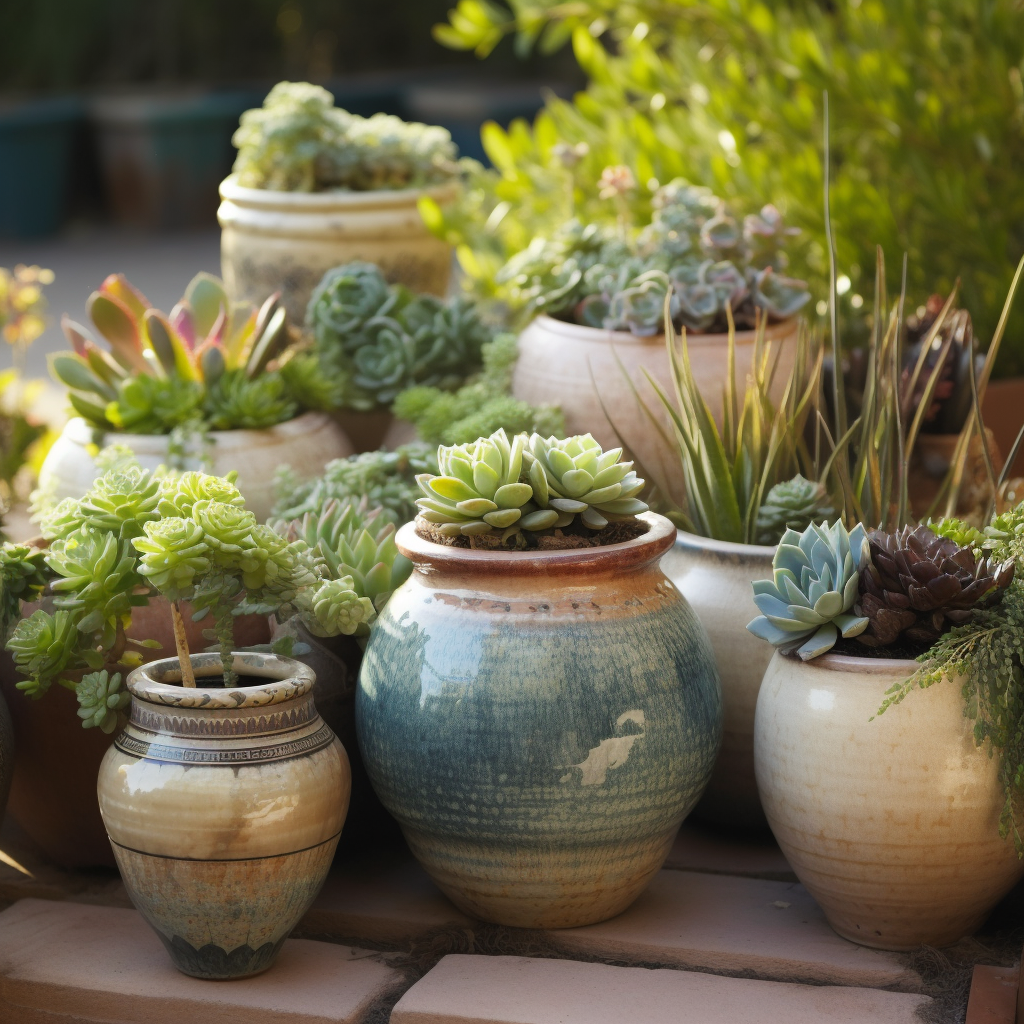
Ceramic pots are a stylish and durable option for container gardening. They’re available in a variety of colors and patterns and can add a decorative touch to your outdoor space. Ceramic pots are non-porous, which helps retain moisture in the soil, but they can be heavy and may crack in extreme temperatures.
Pros:
- Stylish and decorative
- Durable and long-lasting
- Non-porous material retains moisture
Cons:
- Heavy and may be difficult to move
- Can crack in extreme temperatures
- More expensive than other options
Metal Containers
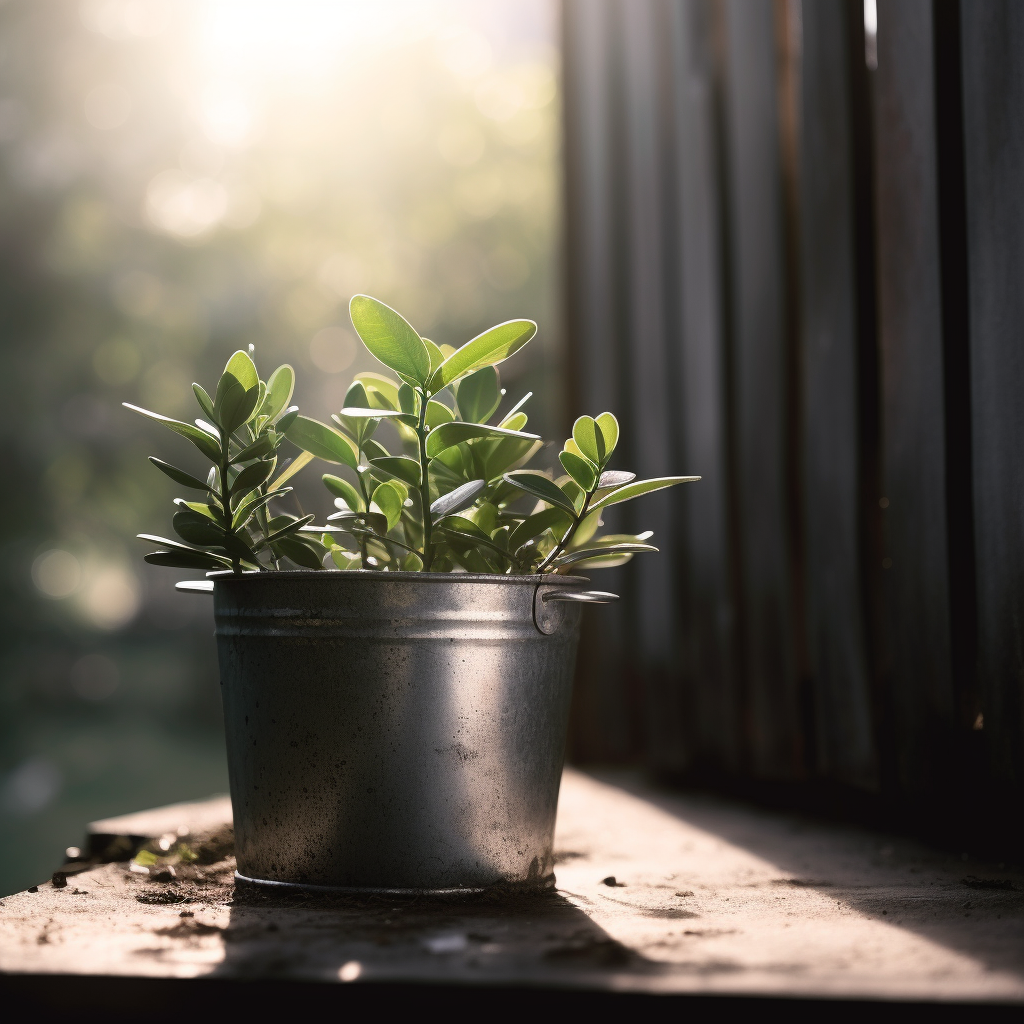
Metal containers like galvanized buckets, watering cans, and troughs can add a unique and rustic look to your container garden. They’re durable and can withstand extreme temperatures and weather conditions. However, metal containers can become very hot in direct sunlight, which can damage the roots of your plants. They’re also non-porous, which means they may require more frequent watering.
Pros:
- Unique and rustic appearance
- Durable and weather-resistant
- Can withstand extreme temperatures
Cons:
- Can become hot in direct sunlight, potentially damaging plant roots
- Non-porous material requires more frequent watering
- May rust over time
Wooden Planters
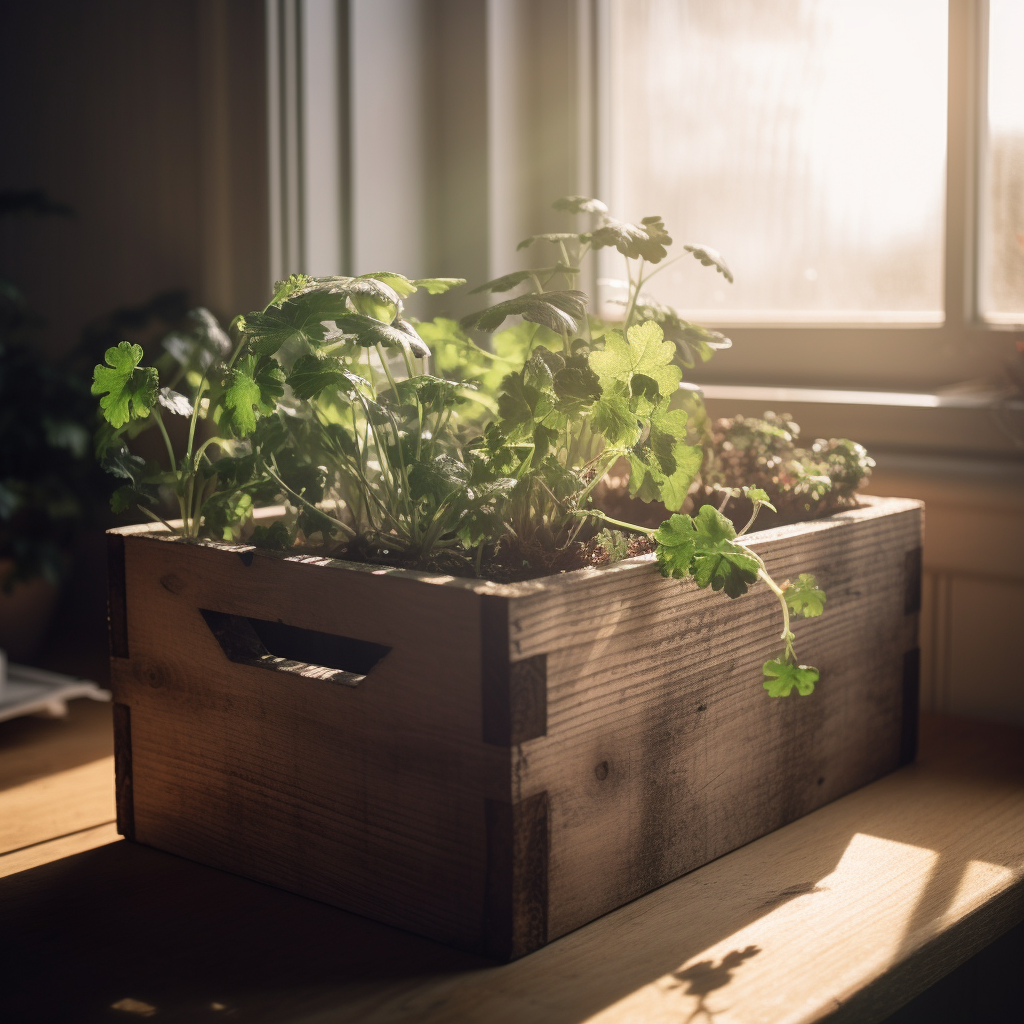
Wooden planters like cedar and redwood are a popular choice for container gardening. They have a natural, rustic look that complements a wide variety of plants and can add warmth and texture to your outdoor space. Wooden planters are porous, which promotes healthy root growth, but they can rot over time if not properly treated or lined with plastic.
Pros:
- Natural and rustic appearance
- Porous material promotes healthy root growth
- Can be made from sustainable materials
Cons:
- Can rot over time if not properly treated or lined
- Heavy when filled with soil and plants
- May be more expensive than other options
Hanging Baskets
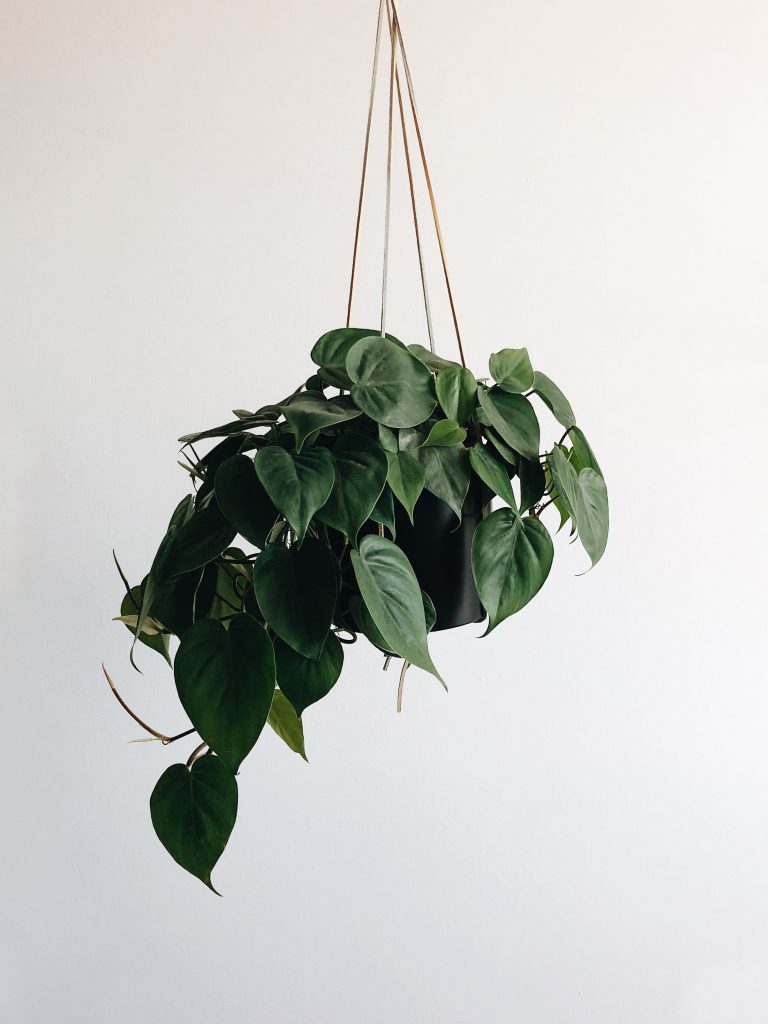
Hanging baskets are a great option for small spaces like balconies and windowsills. They’re available in a variety of materials, including plastic, wire, and woven materials. Hanging baskets are non-porous and may require more frequent watering, but they’re lightweight and can add a decorative touch to your outdoor space.
Pros:
- Ideal for small spaces
- Lightweight and easy to install
- Available in various materials and designs
Cons:
- Non-porous material requires more frequent watering
- May not be suitable for large or heavy plants
- Limited weight capacity
- Woven materials may not last as long
Self-Watering Containers
Self-watering containers are a newer innovation in container gardening. They’re designed with a reservoir at the bottom of the pot that slowly releases water to the plant as needed. Self-watering containers can be made from a variety of materials, including plastic, ceramic, and metal. They’re a great option for busy gardeners who may not have time to water their plants regularly.
Pros:
- Low-maintenance watering solution
- Can be made from various materials
- Ideal for busy gardeners or vacation times
Cons:
- May be more expensive than traditional containers
- Limited styles and designs available
- Not suitable for plants that require specific watering schedules
How to Choose the Perfect Container
Now that you’re familiar with the different types of containers available for container gardening, here are some tips to help you choose the perfect container for your plants:
- Consider the needs of your plants: Different plants have different requirements when it comes to moisture, root space, and drainage. Research your plants’ specific needs and choose a container that meets those requirements.
- Think about your outdoor space: Consider the size, weight, and style of the container in relation to your outdoor space. Choose a container that fits well in your space and complements the overall design of your garden or patio.
- Factor in your personal style: Containers come in various materials, colors, and designs, so don’t be afraid to choose a container that reflects your personality and complements your outdoor space.
- Plan for drainage: Proper drainage is essential for healthy plant growth. Make sure the container you choose has drainage holes or a system in place to prevent over watering.
- Consider the weight: If you plan on moving your container garden around or have weight restrictions on your balcony or patio, opt for lightweight materials like plastic or fiberglass.
Container gardening is a fantastic way to enjoy the beauty of plants in small spaces. With so many options available, from terracotta pots and plastic pots to ceramic pots, metal containers, wooden planters, hanging baskets, and self-watering containers, there’s a perfect container for every garden and gardener. By considering the needs of your plants, the conditions of your outdoor space, and your personal style, you can create a beautiful and thriving container garden that will bring joy and beauty to your outdoor space for seasons to come.
A Guide to Choosing the Perfect Container Read More »

